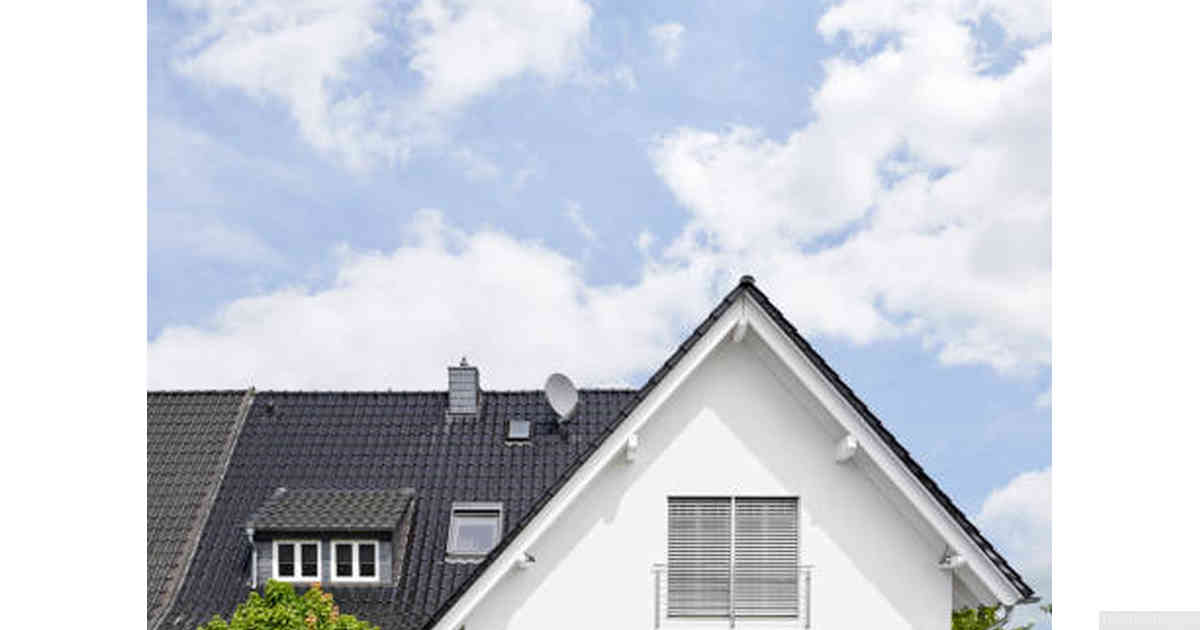
Signs of an unhealthy roof are a major concern for homeowners and property owners alike. Insect infestations in roofing can cause structural damage, rot, and other serious problems that can lead to costly repairs or replacement of the entire roof.
Contents:
Insect infestations in roofs often start small but grow quickly as the insects feed on wood, paper products, insulation, siding and other materials found in a home’s attic or crawl space. The most common signs of an insect infestation include swarms of flying insects around windowsills or near vents; sawdust-like droppings on the ground; dead bugs inside walls; chewed wood under eaves; holes in shingles or flashing; frass (insect excrement); discolored patches on ceilings and walls; distorted paint lines along edges where wood meets wallboard or plaster; dampness inside attics caused by water leaking through damaged parts of the roof.
When it comes to inspecting your roof for signs of an unhealthy condition due to insect infestation, you should look for any visible damage such as loose shingles and missing pieces from your gutters. Check for any exposed areas where insects may be able to enter such as cracks around chimneys, soffits and fascia boards. You should also check for any moist spots which could indicate leaks into your attic space from rainwater entering through damaged parts of the roof structure – this is often a telltale sign that there may be some kind of pest activity present beneath your shingles.
If you do find evidence that indicates insect activity within your rooftop structure then it’s important to act fast before they cause more extensive damage which could result in significant costs down the line. Professional exterminators will be able to identify what type of bug is causing these issues so appropriate measures can be taken accordingly – whether this involves treating existing colonies with pesticides/fumigants or replacing affected sections with new material entirely if necessary.
The Dangers of Insect Infestations
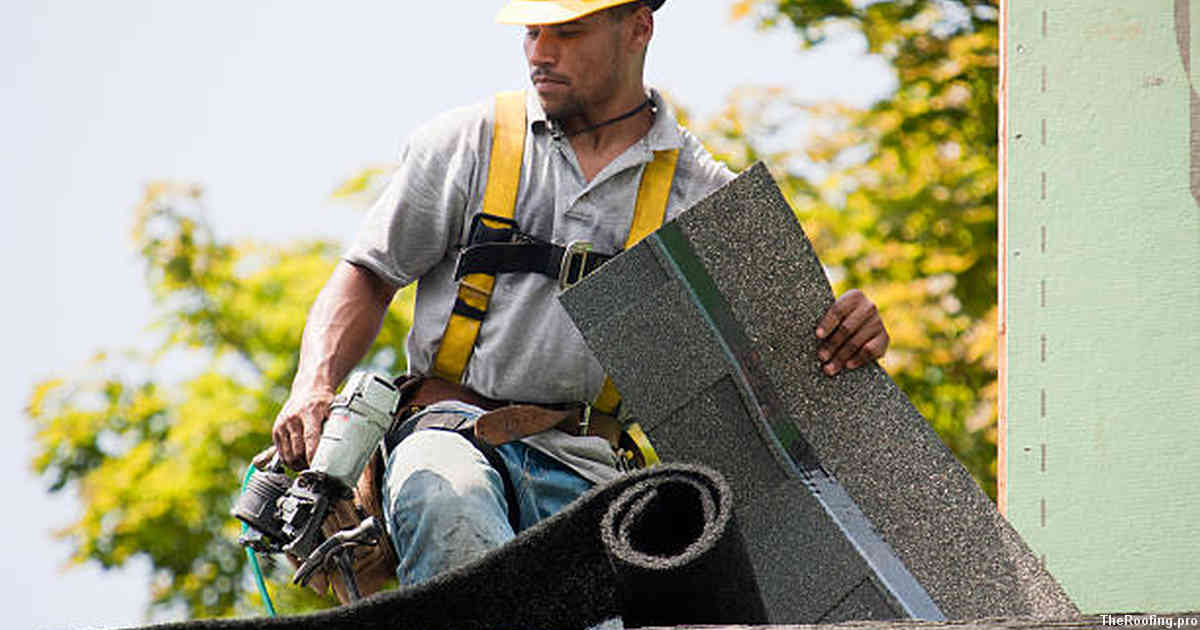
Insect infestations in roofing can be a major issue and one that should not be taken lightly. When an insect infestation is present, it’s important to identify the type of pest causing the problem so proper steps can be taken for treatment. The most common types of insects that can invade roofs are carpenter ants, termites and wood-boring beetles.
These insects pose a serious threat because they feed on wooden parts of the home such as rafters, joists and support beams. This type of damage over time will weaken your roof structure which could lead to collapse if left untreated for too long. These pests may also spread disease or contaminate food sources in other areas of the house by creating tunnels throughout the home’s structure.
The best way to prevent an insect infestation from occurring is through regular maintenance checks and prompt repairs when needed; this will help ensure any potential problems are caught early before they become more serious issues down the line. Regular inspections should include looking for signs like frass (insect droppings) or sawdust near entry points or in attic spaces; checking around windowsills and door frames; listening out for tapping sounds coming from within walls; observing any new cracks appearing in walls/ceilings etc.; Inspecting crawl spaces under your roof regularly; looking out for mud tubes which may indicate termite activity; using pheromone traps or baits specifically designed to attract certain types of pests etc. Taking these proactive measures now will save you from dealing with much bigger headaches later on.
Identifying Infestations in Roofing
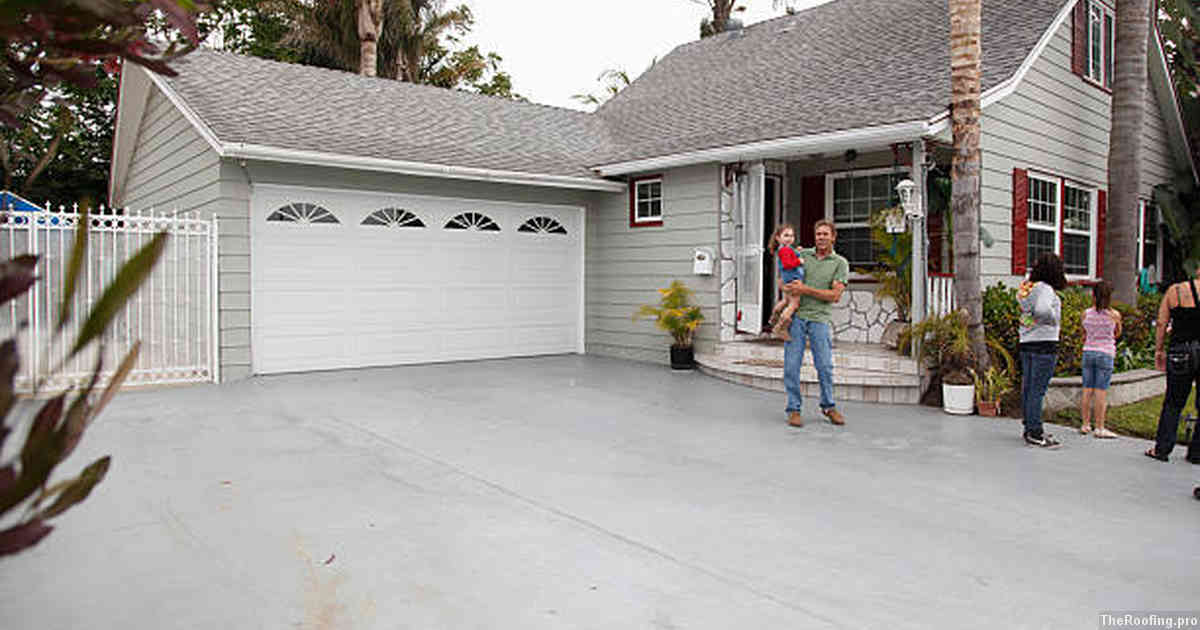
Identifying infestations in roofing can be a tricky task, as many insects are small and difficult to spot. However, there are several signs that homeowners should look out for which could indicate an insect problem in the roof.
The most common sign of an insect infestation is frass – the excrement of wood-boring beetles or other types of insects. Frass is typically seen around windowsills and doorframes, but it can also be found on roofs near eaves or vents where pests may have made their way inside. Homeowners should also check for any sawdust or wood shavings around the house as this could signal that a pest has been chewing away at wood beams within the structure.
In addition to visual cues, homeowners should also keep an ear out for any strange noises coming from within their home’s walls or attic space as this could be caused by scurrying rodents or buzzing bugs nesting above them. If these signs are present then it’s best to contact a professional immediately before further damage is done to your home’s structure and integrity.
Common Signs of Infestation
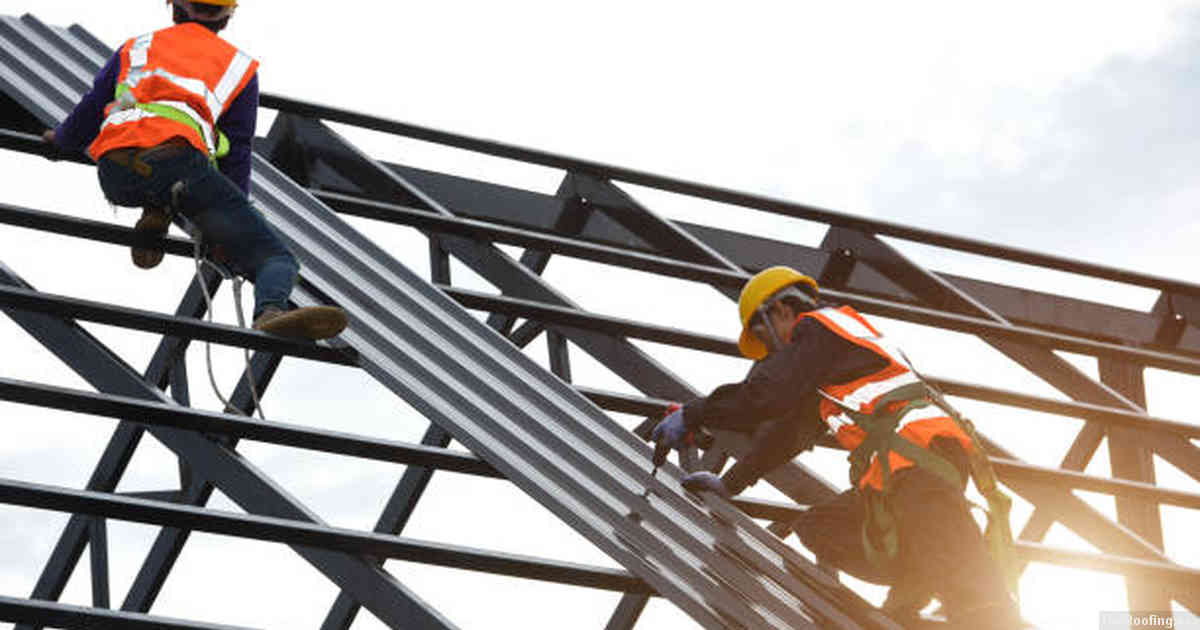
If you suspect that your roof may be infested with insects, there are some common signs to look out for. One of the most obvious is a visible increase in insect activity around the eaves and fascia boards. This could include more flying insects such as wasps or moths, or increased ground-dwelling bugs like ants and cockroaches. Another sign is if you can hear scratching noises coming from inside the walls or attic space – this could indicate an active infestation within your roof’s structure. You may also notice discolored spots on wood beams which indicates larvae feeding on wood fibers, or piles of sawdust below holes in roofs which means carpenter bees have been at work.
A further indication of a possible infestation is if parts of your roof start to sag unexpectedly due to weakened structural integrity caused by burrowing pests like termites or powder post beetles. If these problems aren’t addressed promptly they can quickly lead to costly repairs down the line so it’s important to act fast when signs of an unhealthy roof become apparent. As soon as any warning signals appear, contact a professional pest control specialist who can provide advice and treatments tailored specifically for your situation.
Causes of Insects in Roofing
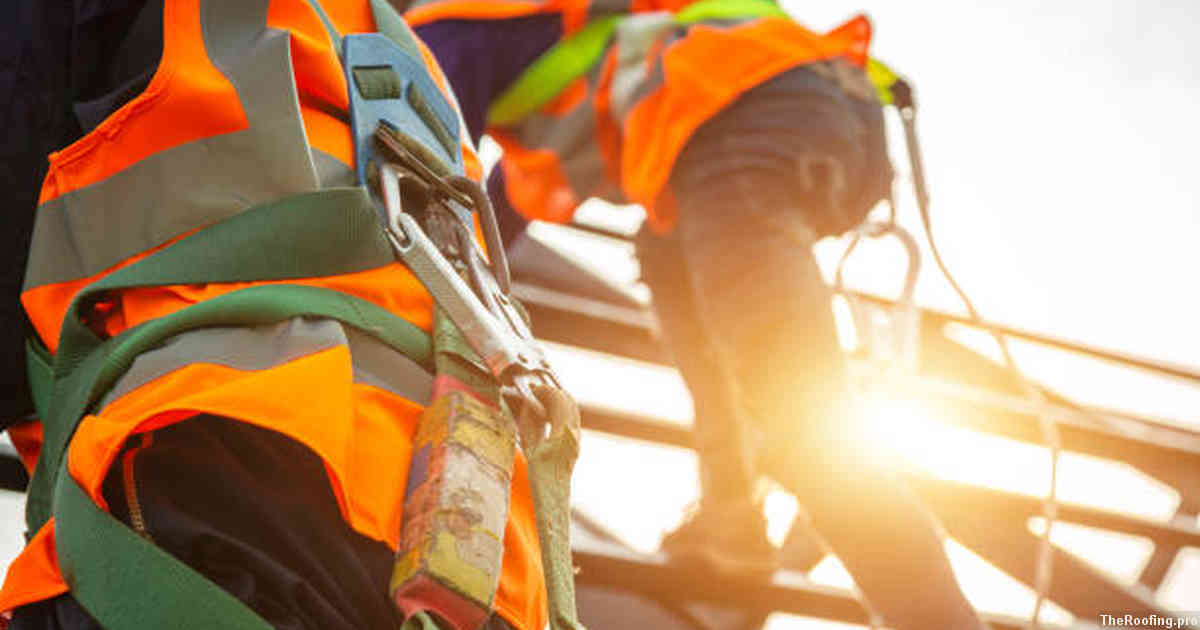
One of the most common causes of insect infestations in roofing is due to poor ventilation. Poor ventilation can lead to moisture buildup which creates a warm and inviting environment for insects to thrive. Cracks and gaps in shingles or other types of roofing materials can also provide an entry point for bugs such as ants, termites, spiders and roaches.
In addition to providing shelter from the elements, roofs are often home to various kinds of organic debris that may attract insects. Leaves, twigs, grass clippings and even bird droppings can all act as food sources for bugs looking for a place to live. In order to reduce the risk of infestation it is important that these items be regularly cleared away from your roofline.
Failing gutters or downspouts can cause water accumulation around your house’s foundation or walls – creating another breeding ground for unwanted pests like beetles or wasps. To avoid this situation make sure your gutters are free-flowing and that they direct water away from any potential entry points into your home’s structure.
Damage Caused by Insects
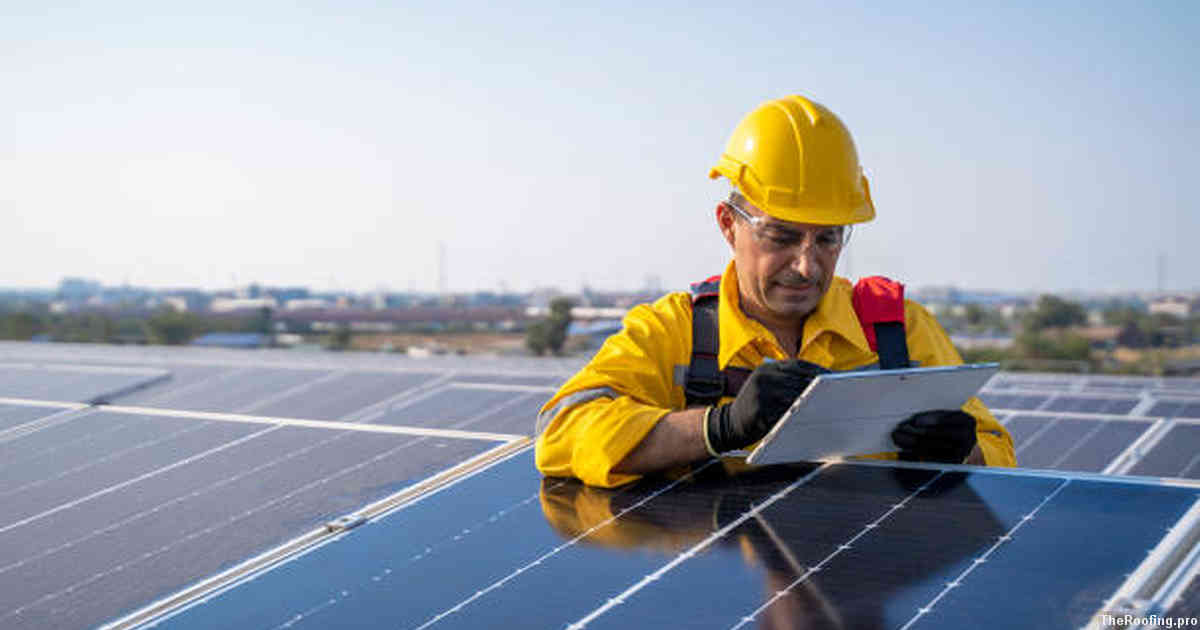
Insects can cause extensive damage to a roof, even if the infestation is relatively small. If left unchecked, insects can weaken the structure of a roof and create holes in shingles that lead to water leakage. Common signs of insect damage include sagging or warped boards and discoloration caused by wood rot. Insect droppings may also be visible around an infested area as well as sawdust-like material on your gutters or near windowsills. It’s important to act quickly if you suspect an insect problem with your roof because they tend to multiply rapidly and cause more damage over time. You should inspect all areas of your home regularly for any signs of activity from insects such as termites, carpenter ants, bees, wasps and beetles which are common culprits when it comes to damaging roofs. Also look out for webs or mud tubes near window frames or doorways which are indicative of an active pest population nearby.
When inspecting your roof, pay close attention to any cracks between pieces of wood on the exterior since these provide easy access points for pests looking for food sources inside your home. Check around vents and openings where pipes enter through the walls since these areas are often forgotten about but still vulnerable spots where insects could get into the attic space or other parts of the house undetected until it’s too late.
Prevention Strategies for Infestations
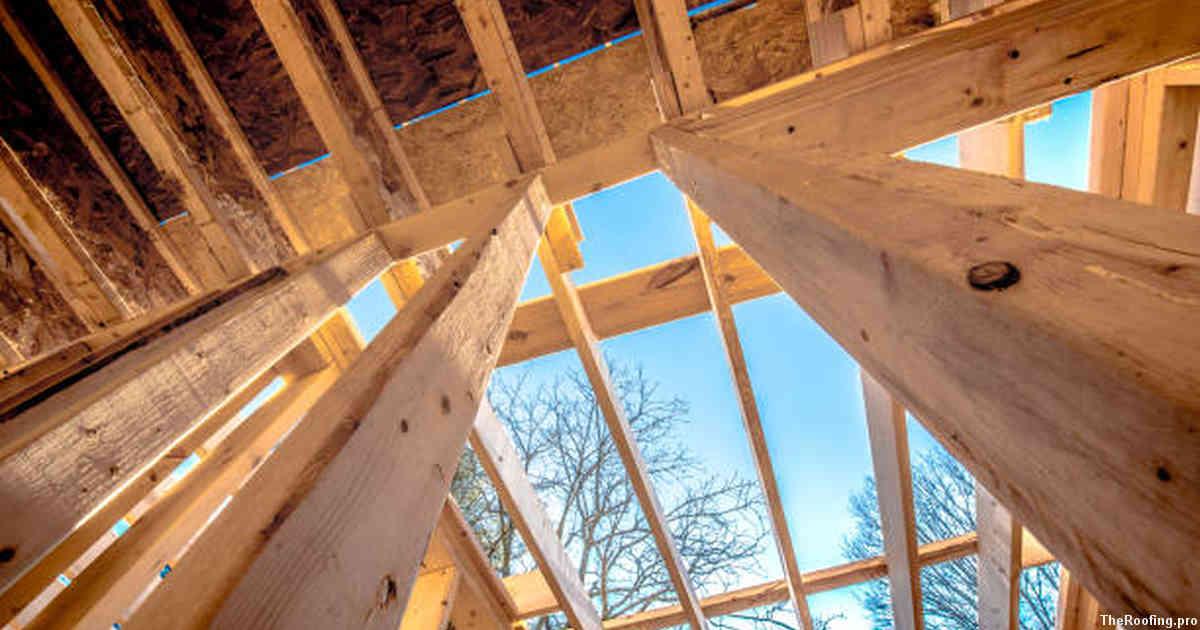
The best way to prevent an insect infestation in roofing is to take preventive measures before it occurs. Regular inspections of the roof can help identify any existing signs of damage or areas that are vulnerable to pest activity. This includes checking for cracks, broken shingles, and other weak points where insects could gain access. Sealing these areas with caulk or sealant can help keep pests out.
It’s also important to inspect trees and shrubs near your home for signs of nests or hives, as this could be a sign that pests have moved into the area. Trimming back branches and keeping foliage at least two feet away from your home can reduce the chances of a pest infestation getting started in your roofing system. Regularly cleaning up debris around the exterior of your house will discourage pests from setting up shop nearby.
Using protective treatments such as chemical sprays and dusts on potential entry points like gutters and eaves will make them less attractive places for insects to build their homes in. This should be done periodically throughout the year depending on climate conditions in order to ensure optimal protection against infestations.
Treatment Options for Infested Roofs

When it comes to dealing with insect infestations in roofing, the most important thing is to address the problem quickly and effectively. The longer that a homeowner waits, the more difficult it can be to eradicate the insects. A few treatment options are available for homeowners who want to restore their roofs back to good health.
The first option is chemical treatments, which use specialized chemicals designed specifically for killing off pests like termites and carpenter ants. Chemical treatments are generally very effective when applied correctly; however, they can also be dangerous if not handled properly. It’s important that homeowners take all necessary safety precautions when using these products and follow directions carefully before applying them on their roofs.
Another treatment option is fumigation or thermal fogging, which involves pumping heated gases into an enclosed space where pests have been detected in order to kill them off entirely. This method works best for large-scale infestations because it ensures complete coverage of affected areas without leaving any residue behind after application has taken place. Fumigation should only be done by a professional service as there are numerous safety risks involved with this procedure if attempted by an inexperienced individual.
Physical removal of infested materials from a home’s roof may also help eliminate existing pest populations while preventing future ones from taking hold again in other parts of the structure later on down the line. In some cases, physical removal might even mean replacing entire sections of damaged material so that new shingles can be installed over top afterwards – a process known as re-roofing or total replacement depending on how much damage has occurred within an area already present prior to discovery of said pests underneath its surface layers.
Professional Assistance with Pest Control
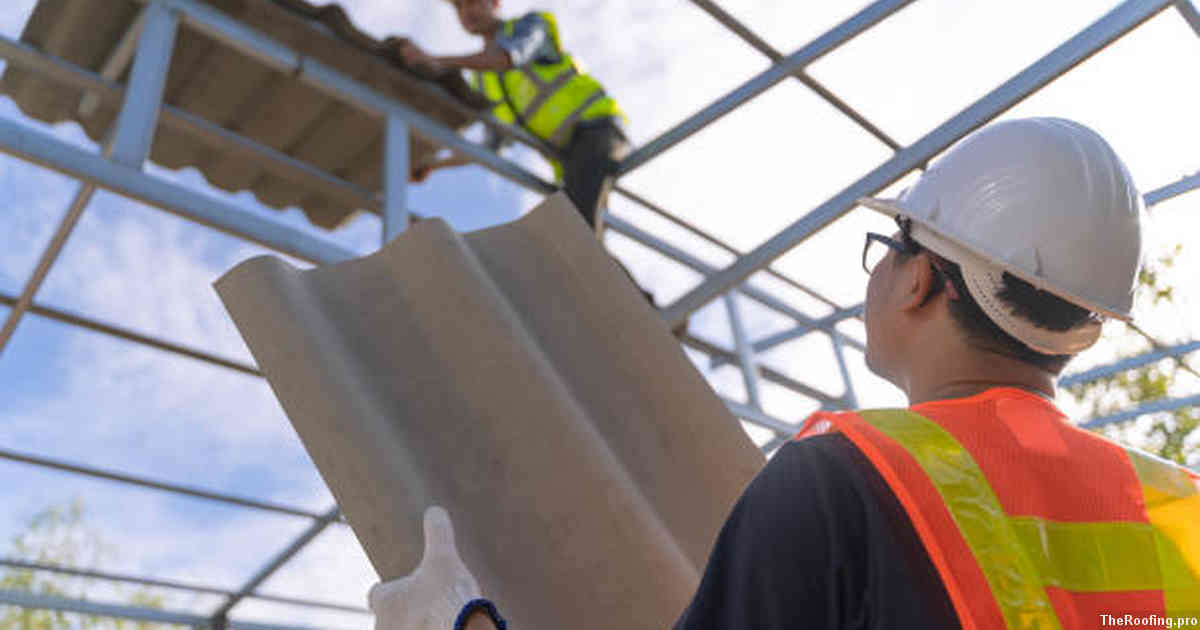
When it comes to pest control, many homeowners take matters into their own hands by purchasing store-bought insecticides or attempting to identify and eliminate the source of the infestation themselves. However, these efforts may not be enough to effectively address an infestation in roofing materials. Pests such as termites, carpenter ants and beetles can cause significant damage if they are left untreated for too long. Therefore, it is important that homeowners contact a professional pest control company when dealing with an insect infestation in roofing materials.
Professional pest control companies have access to specialized equipment and chemicals designed specifically for controlling pests found in roofs. These professionals also have extensive knowledge about which treatments work best for different types of insects and can provide advice on how to prevent future problems from occurring. Experienced technicians will know where to look for signs of an existing problem and what steps need to be taken in order to resolve it quickly and efficiently without causing any further damage.
Professional assistance can help ensure that any potential risks associated with applying pesticides or other chemicals near the home are minimized while still achieving optimal results in terms of eliminating the problem entirely. This includes ensuring safety protocols are followed when handling hazardous substances as well as determining appropriate application methods depending on the type of material being treated (e.G. Wood versus metal). Professional assistance with pest control is essential when trying to protect your home’s roof from unwanted guests like termites or carpenter ants.